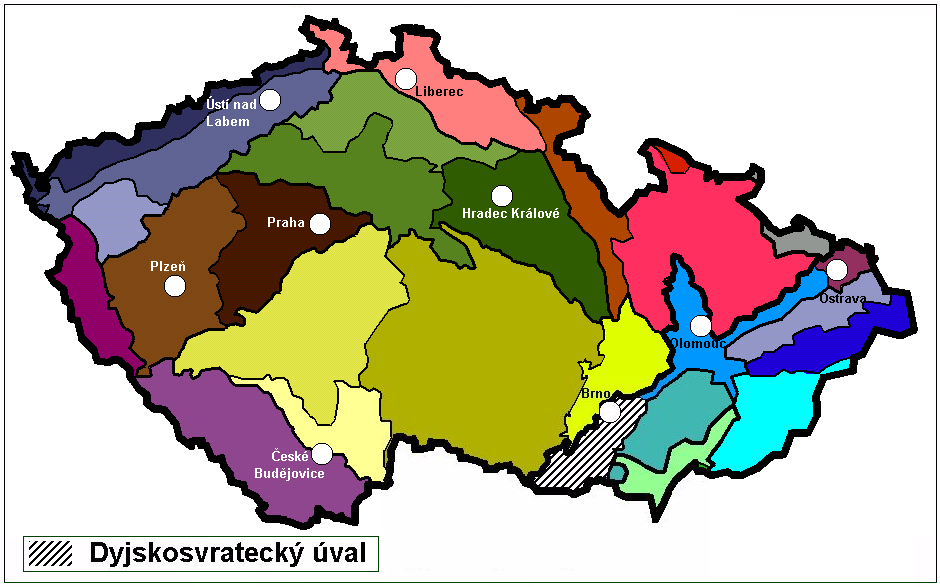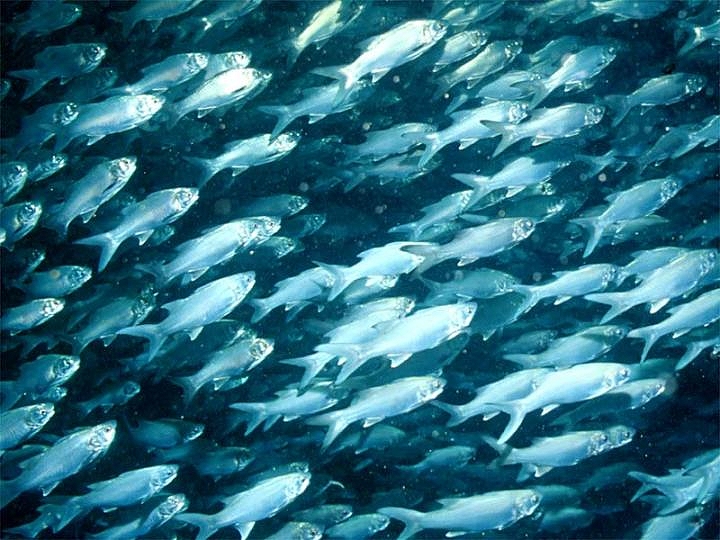|
Stránská Skála
Stránská skála is a hill and a national nature monument in Brno in the Czech Republic. It refers to a Mid-Pleistocene-Cromerian interglacial most important paleontological site in Central Europe. Location Stránská skála is situated in the northern part of the Brno-Slatina district, in the eastern part of Brno. From the geomorphological point of view, Stránská skála belongs to the Dyje–Svratka Valley within the Outer Subcarpathia. Description Stránská skála is dating to approximately 600,000 BP, as supported by paleomagnetic dating. It is a long and wide hill, built from Jurassic limestone, especially Callovian- Oxfordian, built from light brown Caleidocrinus ( Crinoid) mostly and Brachiopoddes and Coral and more other types of limestones rich of fossil fauna as well. Its northwestern slope is composed from karstified limestone cliffs in which numerous fossiliferous fissures and caves were found. Approximately 48 meter (157 ft) of this s ... [...More Info...] [...Related Items...] OR: [Wikipedia] [Google] [Baidu] |
Dyje–Svratka Valley
The Dyje–Svratka Valley ( cs, Dyjsko-svratecký úval, german: Thaya-Schwarza Talsenke) is a geomorphological feature (a special type of vale) in South Moravian Region of the Czech Republic. History The Dyje–Svratka Valley has been a natural pass between the Vienna Basin ( Carpathians) and the Vyškov Gate, the Upper Morava Valley, Moravian Gate and later, the North European Plain ( Poland - Lower Silesia - Galicia) since ancient times. It served as an arm of several important trade routes from southern Europe to the Baltic Sea such as the Amber Road, as well as routes from Moravia to Upper Silesia and Lesser Poland. The Emperor Ferdinand Northern Railway from Břeclav to Brno traverses the Dyje–Svratka Valley. Geography The floodplains of several rivers end in the Dyje–Svratka Valley, including Svratka, Jihlava, Svitava, Thaya, Jevišovka and Litava. Many towns are located within it, including the southern districts of Brno, Slavkov u Brna, Židlochovic ... [...More Info...] [...Related Items...] OR: [Wikipedia] [Google] [Baidu] |
Crinoid
Crinoids are marine animals that make up the Class (biology), class Crinoidea. Crinoids that are attached to the sea bottom by a stalk in their adult form are commonly called sea lilies, while the unstalked forms are called feather stars or comatulids, which are members of the largest crinoid Order (biology), order, Comatulida. Crinoids are Echinoderm, echinoderms in the phylum Echinodermata, which also includes the starfish, brittle stars, sea urchins and sea cucumbers. They live in both shallow water and in depths as great as . Adult crinoids are characterised by having the mouth located on the upper surface. This is surrounded by feeding arms, and is linked to a U-shaped gut, with the anus being located on the oral disc near the mouth. Although the basic echinoderm pattern of fivefold symmetry can be recognised, in most crinoids the five arms are subdivided into ten or more. These have feathery pinnules and are spread wide to gather planktonic particles from the water. At som ... [...More Info...] [...Related Items...] OR: [Wikipedia] [Google] [Baidu] |
Coastal Fish
Coastal fish, also called inshore fish or neritic fish, inhabit the sea between the shoreline and the edge of the continental shelf. Since the continental shelf is usually less than deep, it follows that pelagic coastal fish are generally epipelagic fish, inhabiting the sunlit epipelagic zone.Moyle and Cech, 2004, page 585 Coastal fish can be contrasted with ''oceanic fish'' or ''offshore fish'', which inhabit the deep seas beyond the continental shelves. Coastal fish are the most abundant in the world. They can be found in tidal pools, fjords and estuaries, near sandy shores and rocky coastlines, around coral reefs and on or above the continental shelf. Coastal fish include forage fish and the predator fish that feed on them. Forage fish thrive in inshore waters where high productivity results from upwelling and shoreline run off of nutrients. Some are partial residents that spawn in streams, estuaries and bays, but most complete their life cycles in the zone.Moyle and Cech ... [...More Info...] [...Related Items...] OR: [Wikipedia] [Google] [Baidu] |


